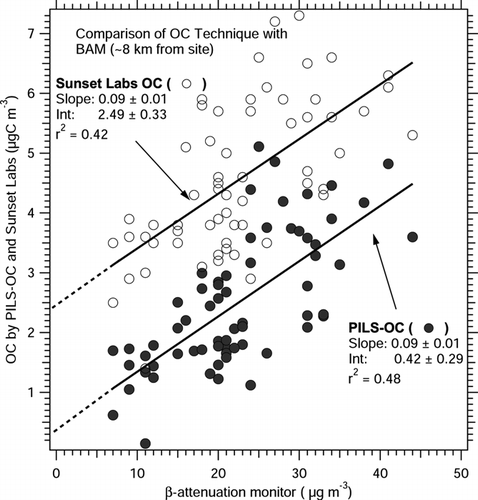Figures & data
FIG 1 Schematic and rendered image of PILS-OC mini cyclone. On left, a top view of the minicyclone including basic dimensions and aerosol and liquid transport flow injection points. In center, a side profile view of mini cyclone, including main dimensions. Vacuum flow out and aerosol sample out are also depicted. The internal dimensions of the cyclone are present to the immediate right of middle figure. A computer rendered image of the mini cyclone is shown on the right and is oriented with the top of the cyclone at the top of the image.
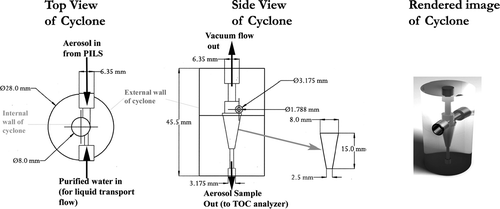
TABLE 1 Summary of compounds tested for technique comparison. The table also includes molecular formula, vapor pressure of compound, and solubility in water
FIG 2 Recovery fractions of various aerosols by PILS-OC when compared to Sunset Labs OC method. Water-soluble compounds are on the left side of figure, while insoluble compounds are on the right side of the figure. Error bars are quadratic sum of squares of propagated error including standard deviations of at least 8 repeated measurements and instrument uncertainty.
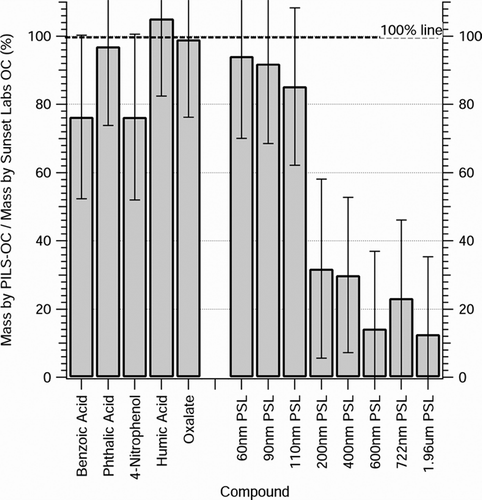
FIG 3 PILS-WSOC (A) and PILS-OC (B) measurement of ambient organic carbon compared with Sunset Labs measured in Atlanta, Georgia. PILS-OC measurements are from 9 May–6 June, 2005. PILS-WSOC measurements are from 17 April–13 September 2004. PILS measurements are averaged to 45-minute integral of Sunset Labs OC measurement. Slope, intercept, and r2 are calculated from univariate linear regression. Sparse error bars are uncertainty associated with the instruments, estimated by sum of squares of instrument uncertainty. For clarity, only a few error bars are included.
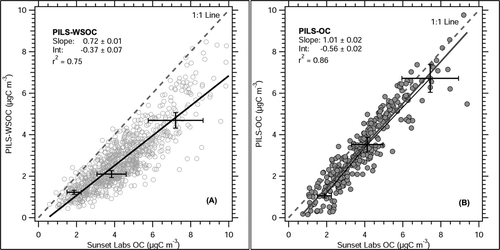
FIG 4 Linear correlated between PILS-OC and Sunset Labs OC in Atlanta (9 May–6 June 2006), separated by rush hour and non–rush hour data.
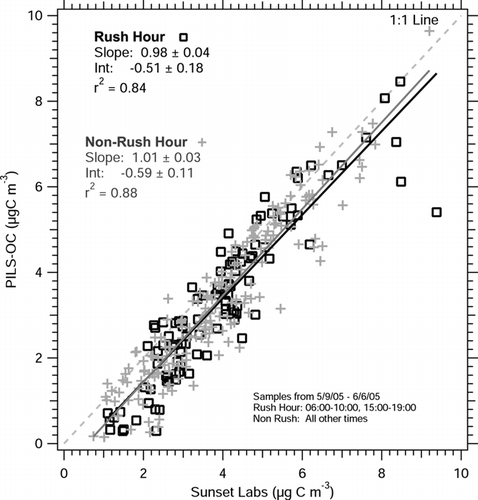
FIG 5 Comparisons between PILS-OC and Sunset Labs and PILS-WSOC and Sunset Labs in Riverside, California. PILS-OC measurements from 27–30 July 2005, and PILS-WSOC measurements are from 22–27 July and 31 July–9 August 2005. Lines through data are univariate regression least-squares fit, and have been extended to the intercept (dashed lines). Sparse error bars are uncertainty associated with the instruments, estimated by sum of squares of instrument uncertainty. For clarity, only a few error bars are included.

